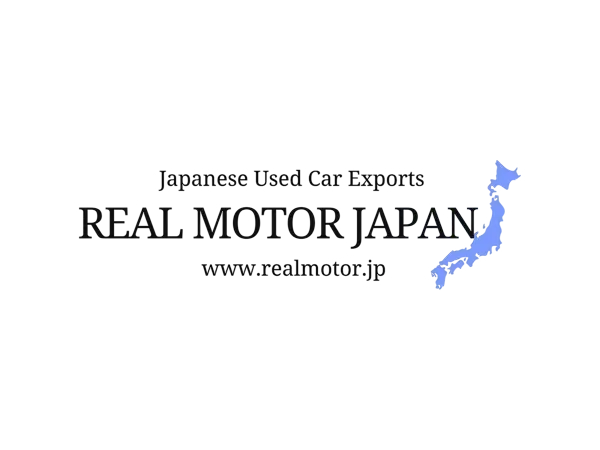Our Zambia Branch Locations
Visit us at any of our convenient branch locations across Zambia.
Chipata Branch
+260 772 114 575
Mr. Mwale
Plot 674,
Off Umodzi Highway,
Chipata,
Eastern Province,
Zambia.
Lusaka Branch
+260 772 114 575
+260 772 114 476
Mr. Mwale
Mr. Sikapizye
Plot # 13, House # 5017
Near Qurrat Academy, Saise Road, Roads Park,
Lusaka, Zambia.
Branch Gallery
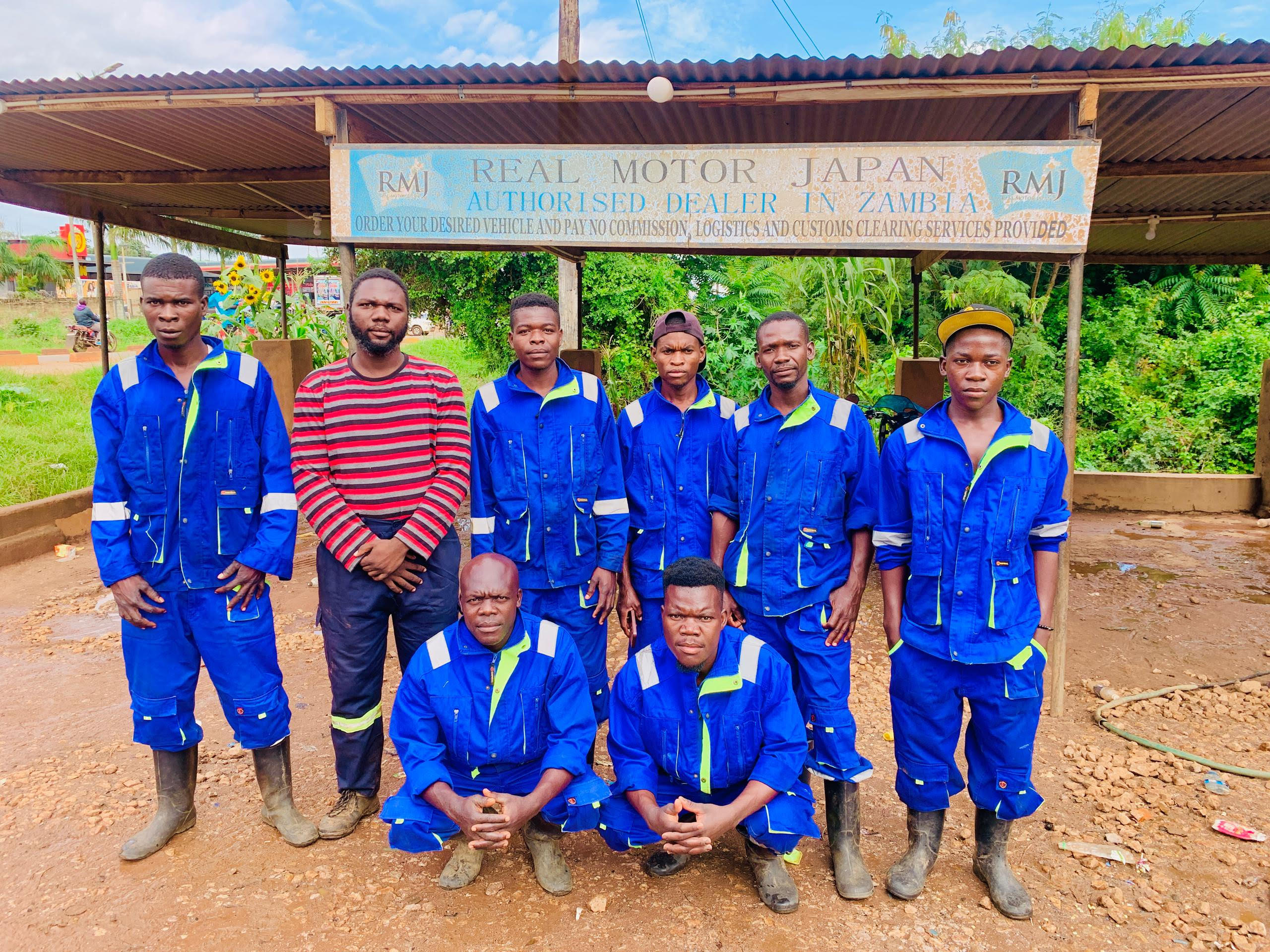
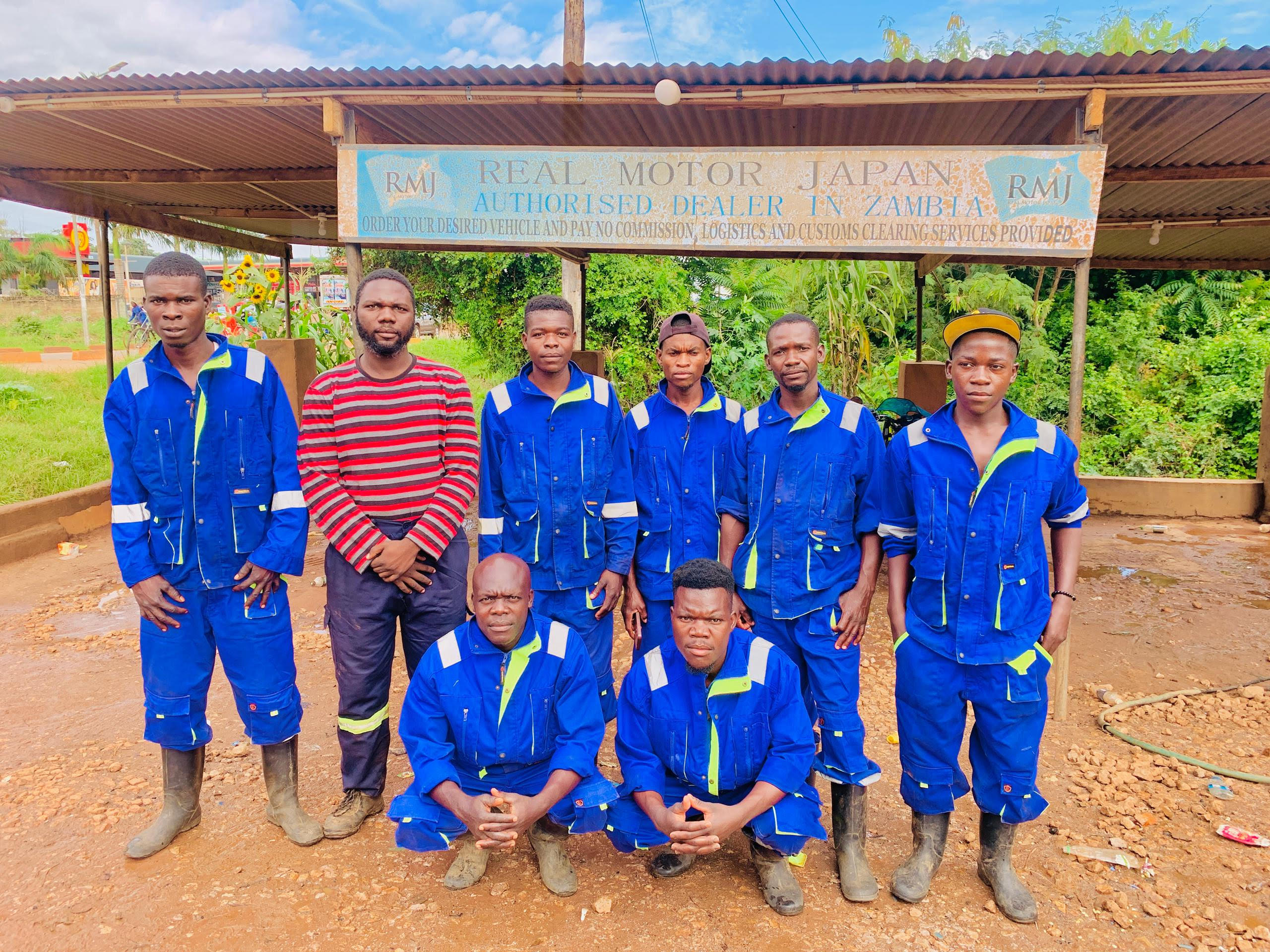

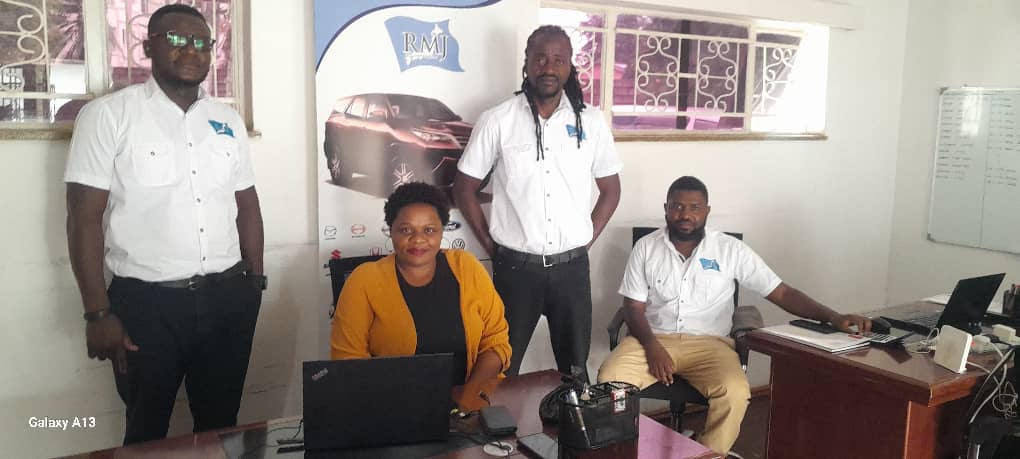
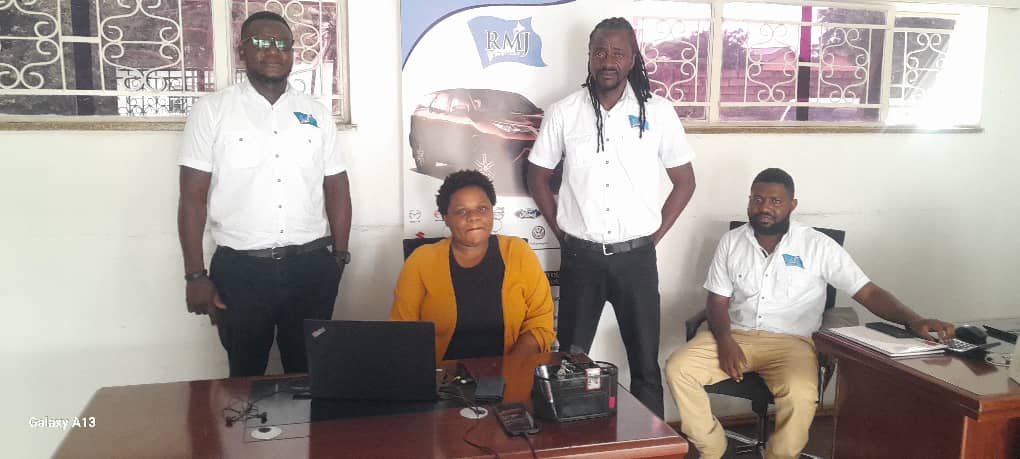
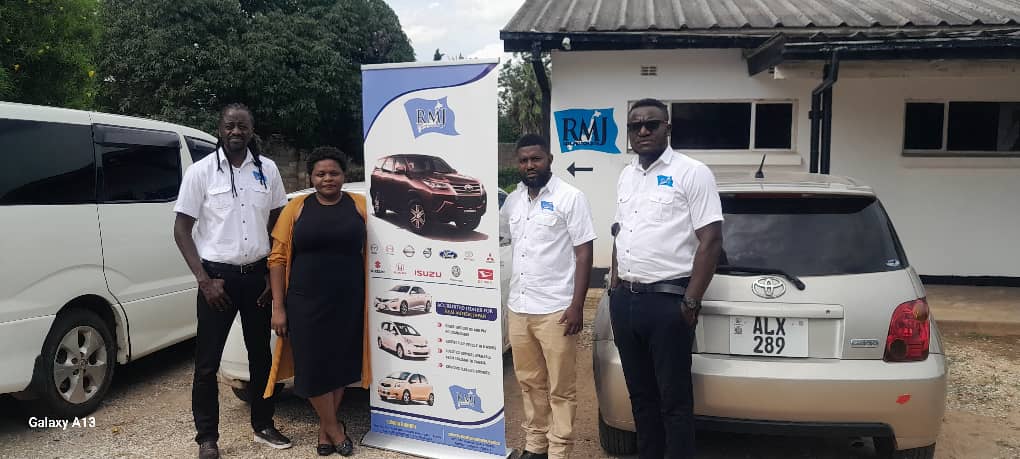
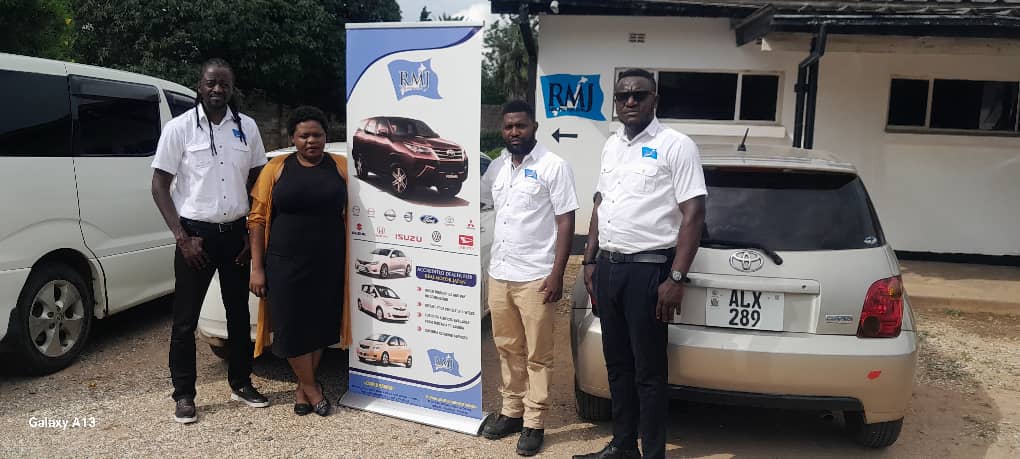
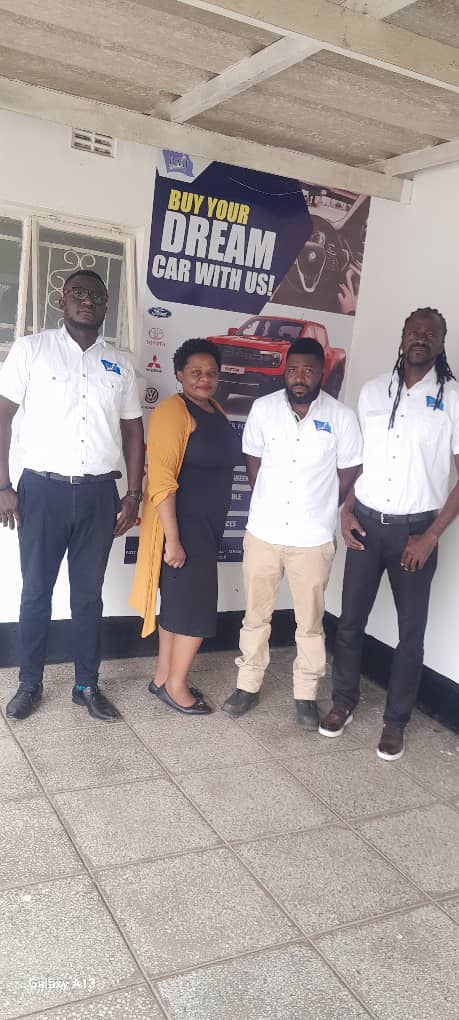
Zambia
Information About Car Import into Zambia
When you import a vehicle into Zambia, you will need a JEVIC inspection certificate. This is conducted by an independent company and ensures the vehicle's road-worthiness. The charge for regular cars is $250, while it may be slightly more for large trucks and buses. There is no age limit for vehicles being imported into Zambia.
Regulations, taxes, and rules for importing cars into Zambia
New vehicles are subject to a duty of 25% of the invoice value plus a 17.3% VAT. The OBL must display the chassis number, engine number, cubic capacity, year of manufacture, brand, and model. Copies of the required documents should be sent to the Destination Agent at least one month before the vehicle's arrival to avoid charges for demurrage and storage.
Required Documents
The required documents for importing a car into Zambia include: Certificate of Title and Registration (original), Commercial/Purchase Invoice (showing date and purchase price), Driver's License & International Insurance Policy, OBL & Non Sale Certificate, Letter of Transfer from the client's employer, and Valuation Certificate.
Car trends in Zambia
Zambia's car market is one of the smallest in the world, with the new vehicle market led by Toyota, and the Toyota Hilux being the bestselling model. Other brands operating in Zambia include Isuzu, Mitsubishi, Nissan, and Suzuki, while Ford and Chevrolet are imported in very low numbers. The car market primarily relies on imported used vehicles from South Africa, Japan, and the UK.
According to the National Center for Statistics, the development of the car industry has not significantly started due to the lack of adequate infrastructure and scarce fuel availability. Only 10% of Zambia's national roadways are paved, covering just 9,000 km.
There is no official data source, and used and new vehicle registrations are still unregulated. The majority of imported vehicles are over 20 years old, creating a market for old spare parts distributors. The annual market for new vehicles remains very low, with only 4,124 registered units last year. No significant growth prospects are expected in the near future.
Tips on importing a car from Japan to Zambia
For a safe purchase when buying online, ensure the payment beneficiary account is a bank account based in Japan, be cautious of extremely cheap cars, and contact the exporter directly. One advantage of buying from Japan is the assurance of quality.
To buy a car online, first, choose a car and request an invoice that includes freight charges. The invoice breakdown typically includes: Car cost, Freight charge to Dar es Salaam, Freight insurance, and JEVIC inspection fee.
Additional expenses include port facility charges at Dar es Salaam and transportation costs from the port to Zambia. Costs vary depending on the vehicle's size, so it's advisable to consult with clearing agents for specific costs. Delivery time from Japan to Dar es Salaam is about one month, and from Dar es Salaam to Zambia is about two weeks.
Local Ports
Zambia's only harbor port, Mpulungu town, is situated at the southern tip of Lake Tanganyika. The lake is shared by four countries: Burundi, the Democratic Republic of Congo (D.R.C.), Tanzania, and Zambia.
Used cars imported into Zambia are shipped to the maritime port of Durban or Dar es Salaam. Due to low shipping rates to South Africa, Durban is currently the recommended port of delivery.
Port of Durban
The Port of Durban is South Africa's most important and busiest port, handling over 80 million tons of cargo annually. It is strategically positioned on global shipping routes and located near the central business district. The port has 58 berths operated by more than 20 terminal operators.
Dar es Salaam Port
Dar es Salaam port is Tanzania's principal port, with a total quay length of about 2,000 meters and eleven deep-water berths. It handles approximately 95% of Tanzania's international trade and serves landlocked countries including Malawi, Zambia, the Democratic Republic of Congo, Burundi, Rwanda, and Uganda.
